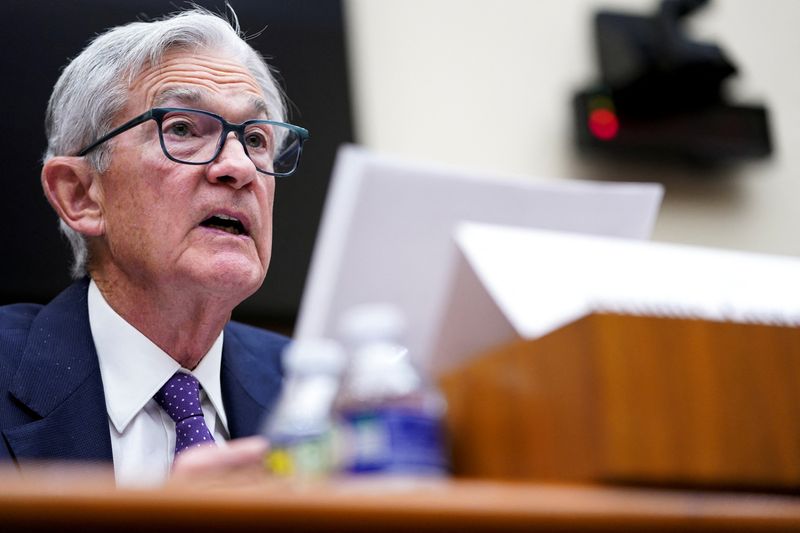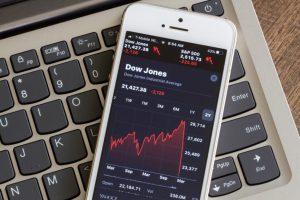
By Howard Schneider
WASHINGTON (Reuters) – Higher inflation readings reported on Wednesday left Federal Reserve officials telling U.S. lawmakers, business executives and the public that they may be waiting longer than they had thought for relief from high interest rates, with price pressures persisting and broad uncertainty about the impact of Trump administration policies.
Just before Fed Chair Jerome Powell began a second day of hearings on Capitol Hill, new data showed consumer prices jumped in January at a 3% annual rate, accelerating now for four months straight and driven higher by shelter, food and gas prices that feed heavily into consumer expectations.
It was noticed in the White House, where President Donald Trump, who campaigned on promises to lower prices once in power, emphasized it shouldn’t be put on his ledger. Trump was inaugurated on January 20.
“Biden Inflation Up,” he said on social media.
Powell told the House Financial Services Committee that the data was further evidence the Fed’s battle with rising prices wasn’t finished, and meant any further rate cuts would have to wait until it is clear inflation will return to the Fed’s 2% target.
“We are close but not there on inflation. Today’s inflation print…says the same thing,” Powell said.
“The economy is strong, the labor market is solid and we have the luxury of being able to wait and let our restrictive policy work to get inflation coming down again. And that’s what we’re doing,” Powell said.
He cautioned that a month’s bad data should not be taken as a signal that progress on inflation is reversing, and noted that the Fed sets its 2% inflation target using the separate Personal Consumption Expenditures price index that typically runs lower than the better-known CPI.
The January PCE number will not be published until February 28, though good estimates will be available when one of the key components, a measure of industry supply costs known as the Producer Price Index, is published on Thursday.
The PCE has been running a little more than half a percentage point above the Fed’s target – but it has also stalled in recent months, and the consumer inflation reading today prompted traders to scale back bets for Fed rate cuts this year.
The Fed is now not seen moving until September, with only a single quarter-point rate reduction now seen this year.
Complicating the Fed’s analysis: The Trump administration is rolling out tariffs against major trading partners and across categories of goods, but the timetable for implementation keeps shifting, while a suite of other policies affecting immigration, taxes and regulation may also alter the economy’s direction.

